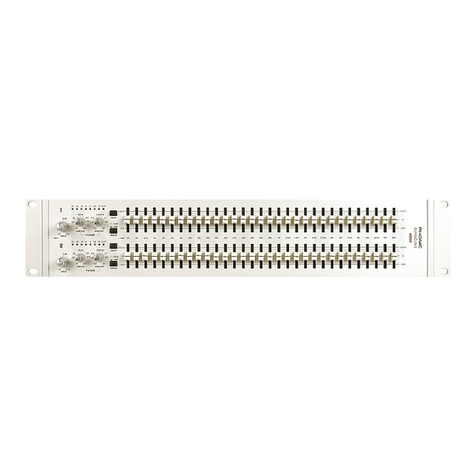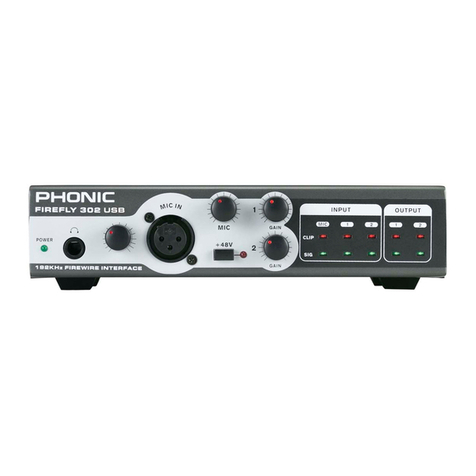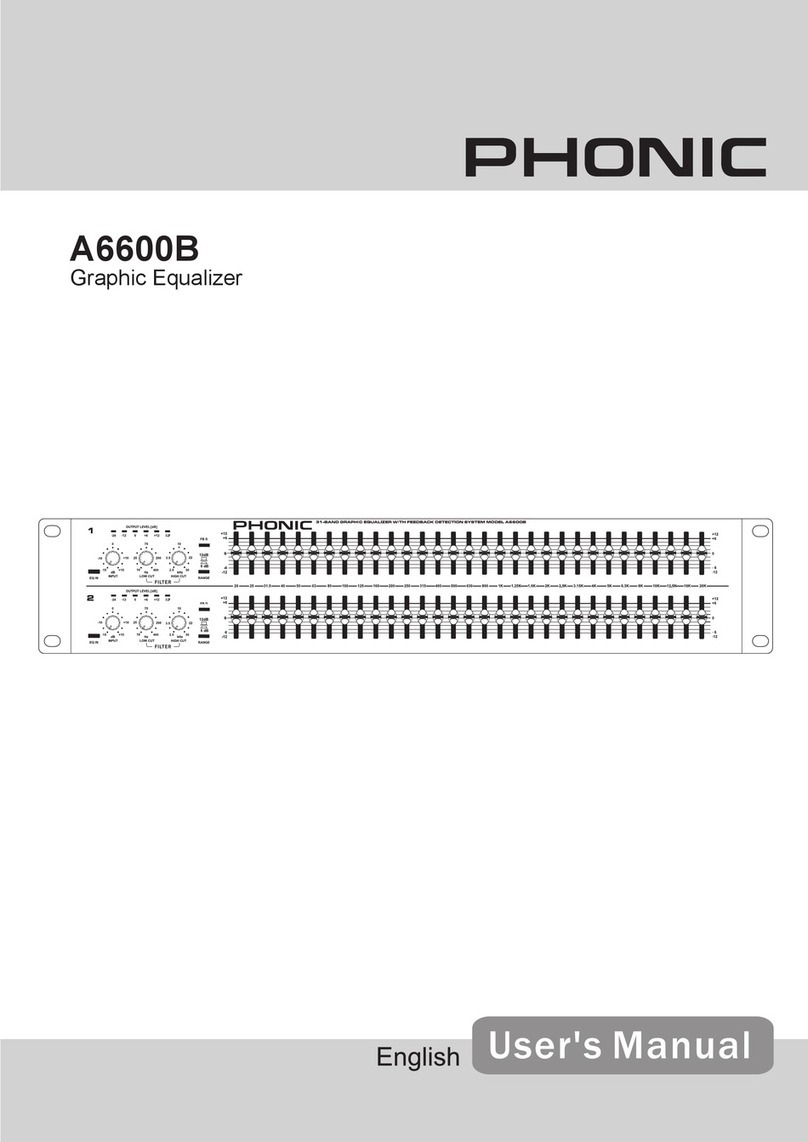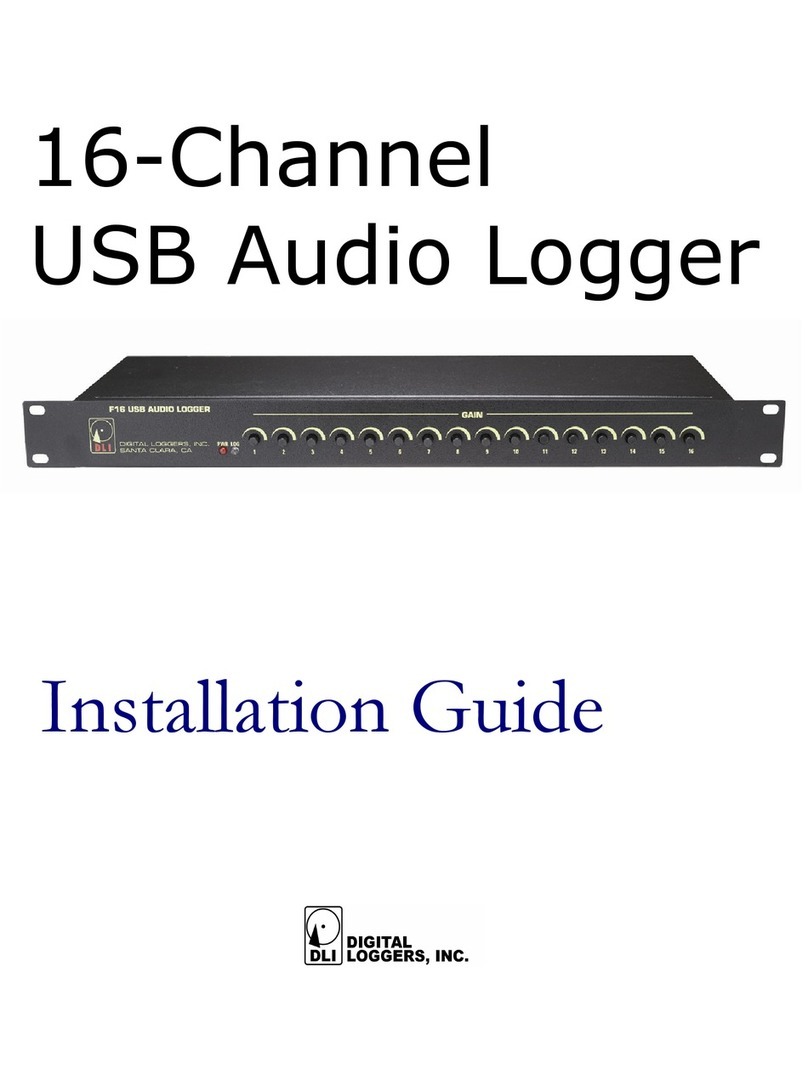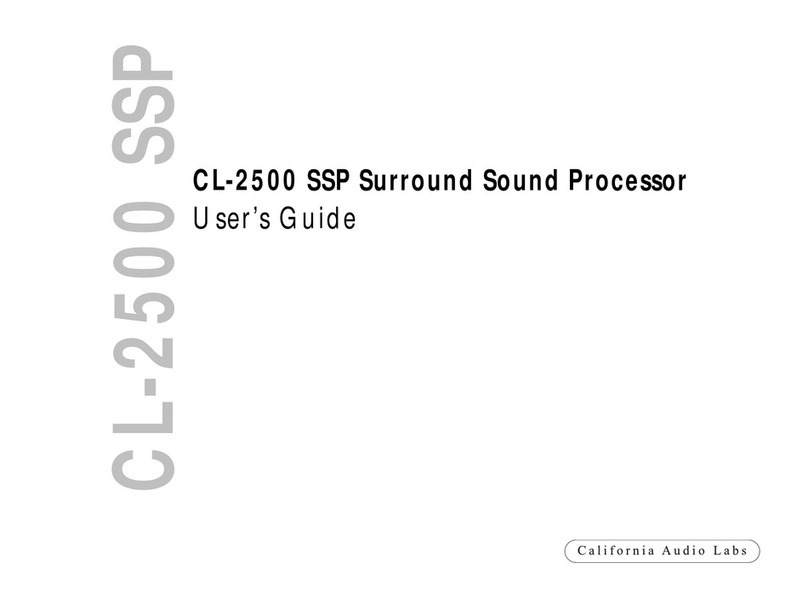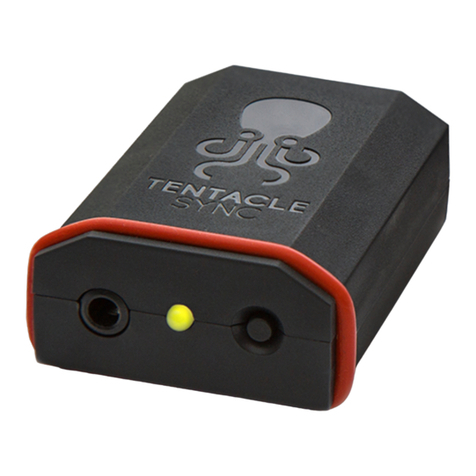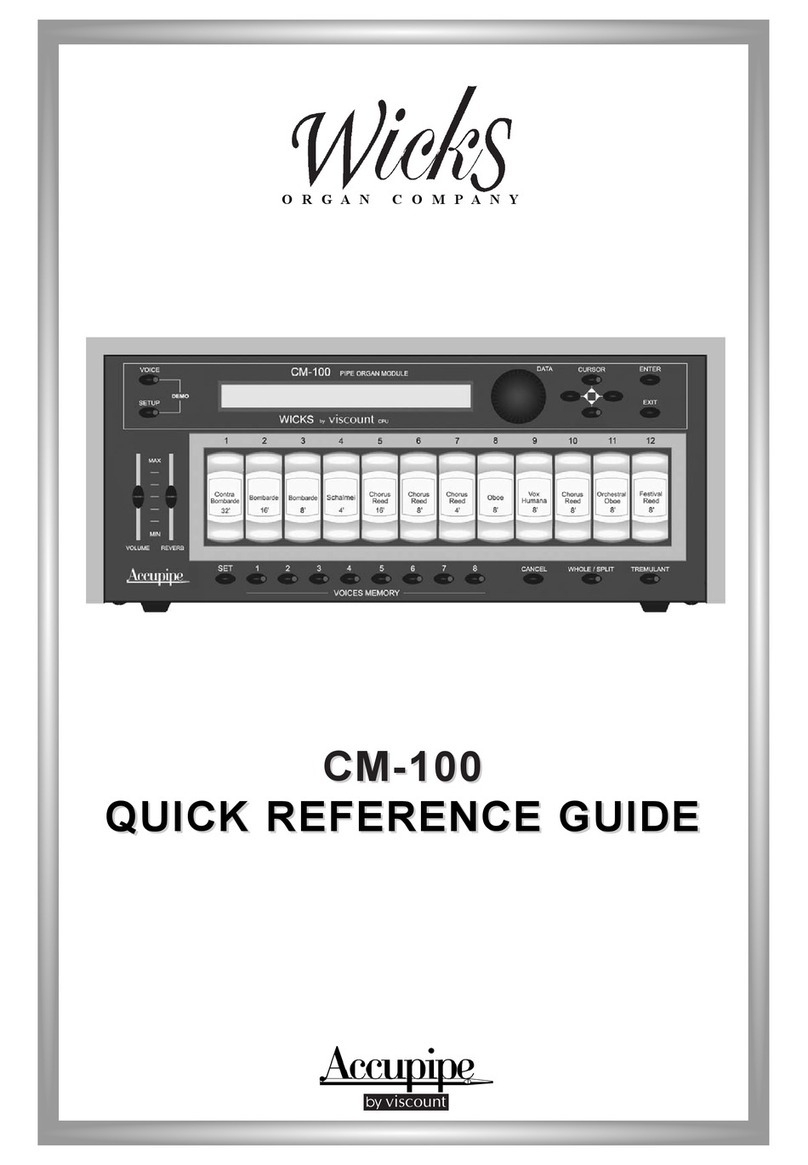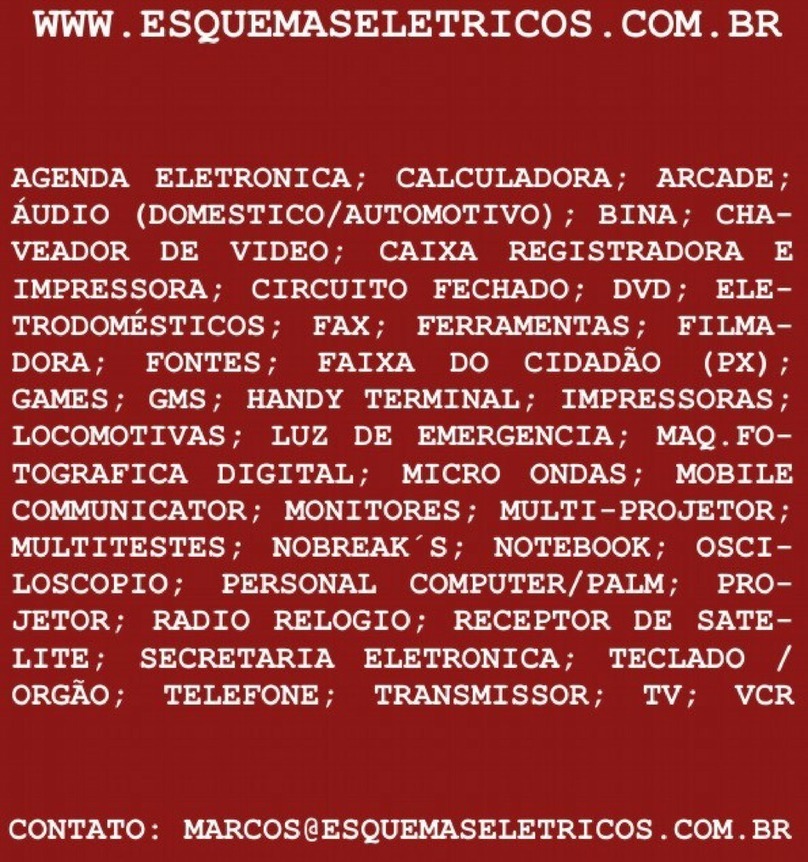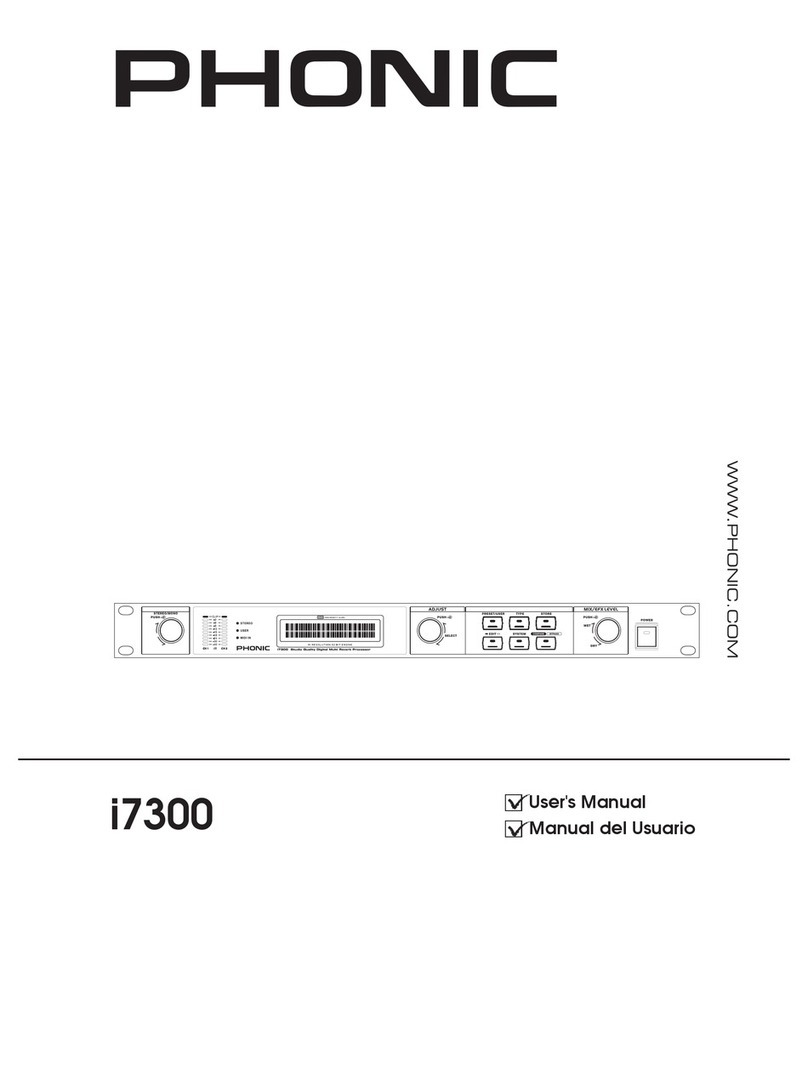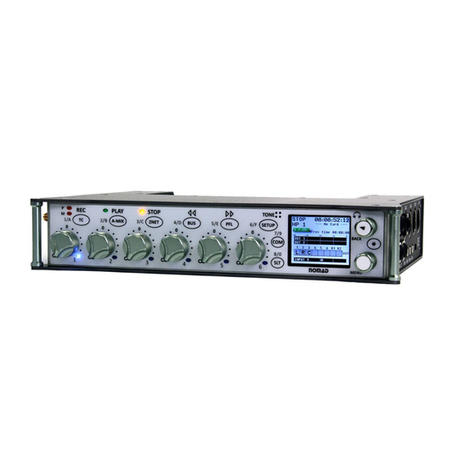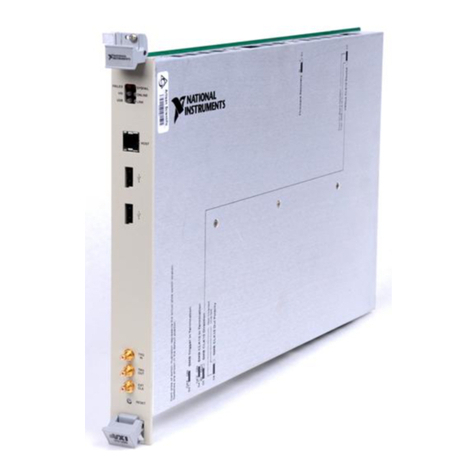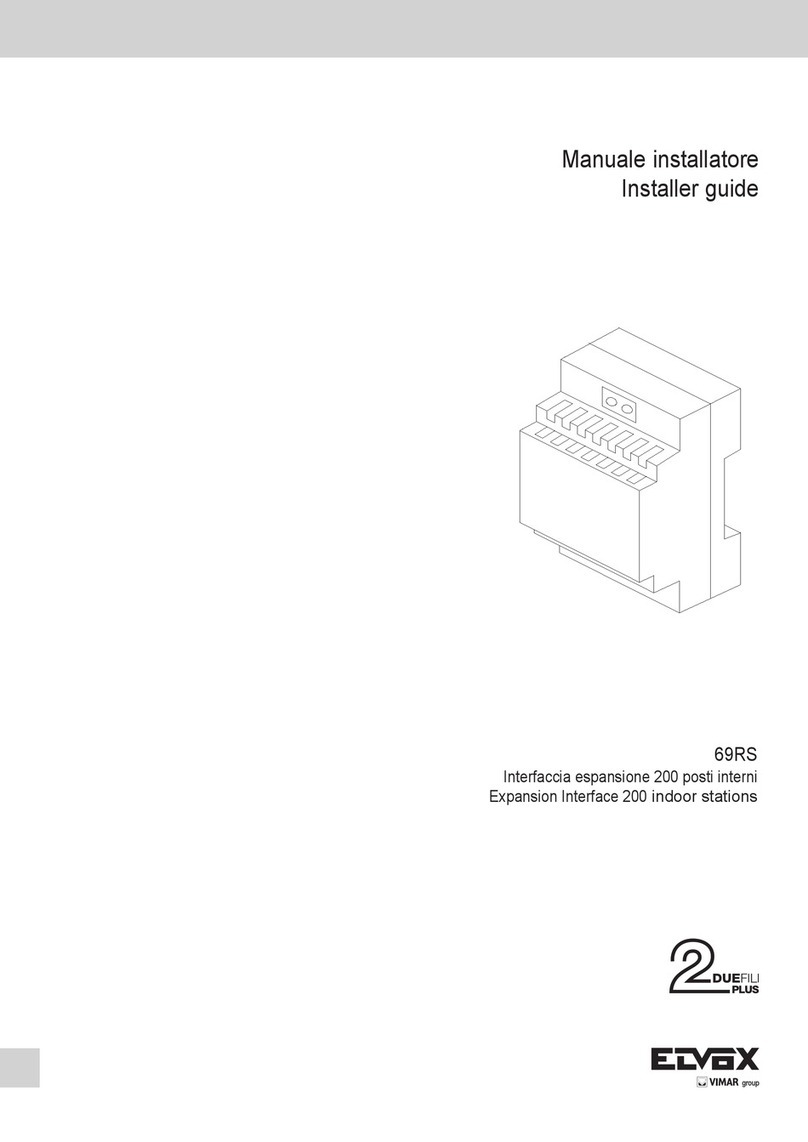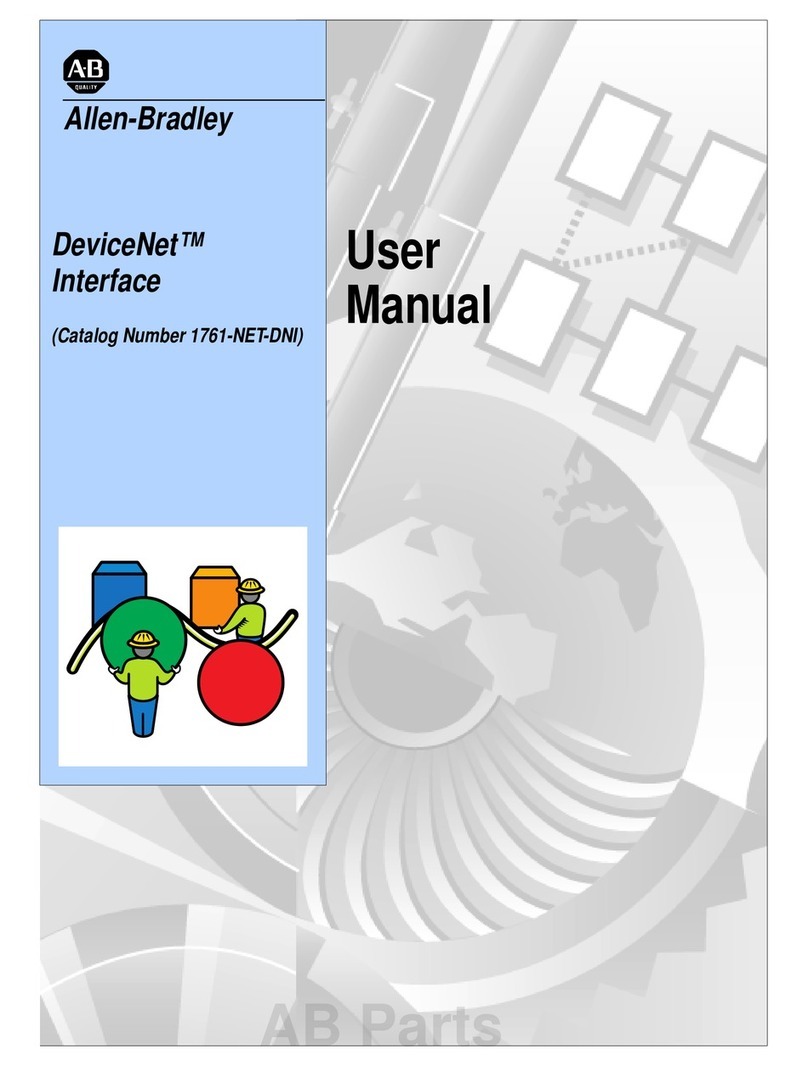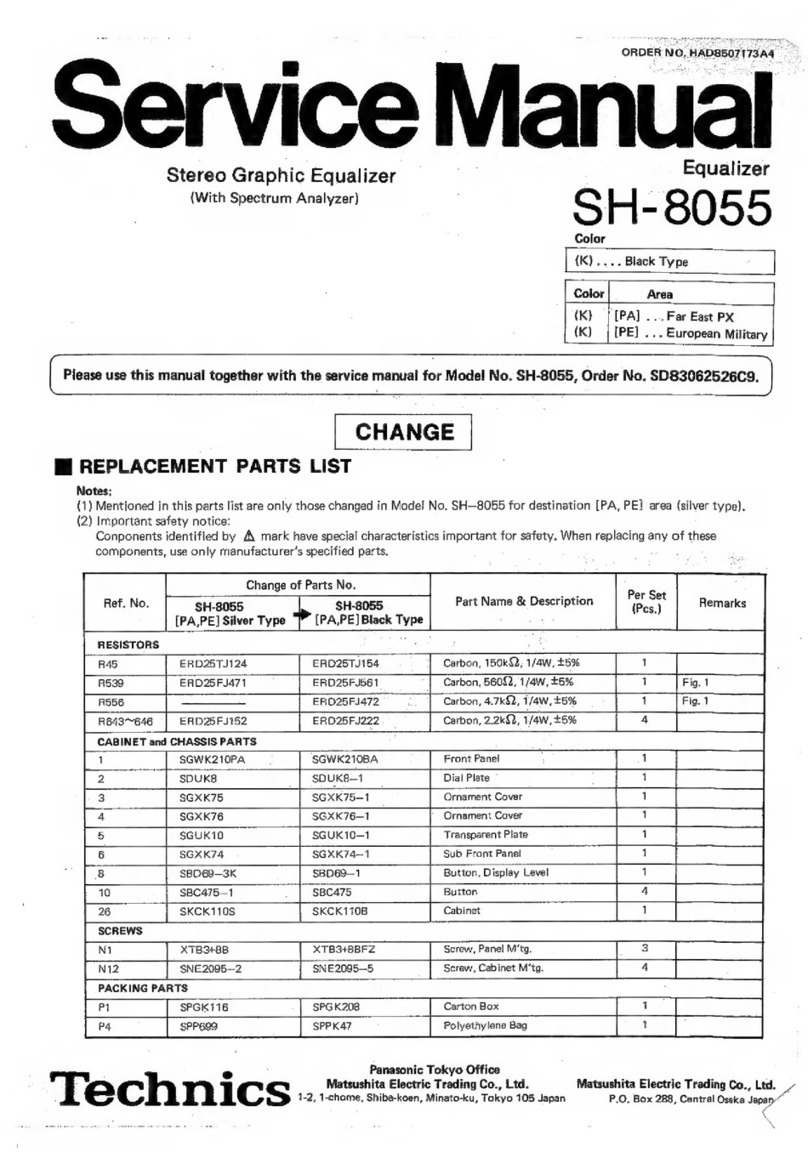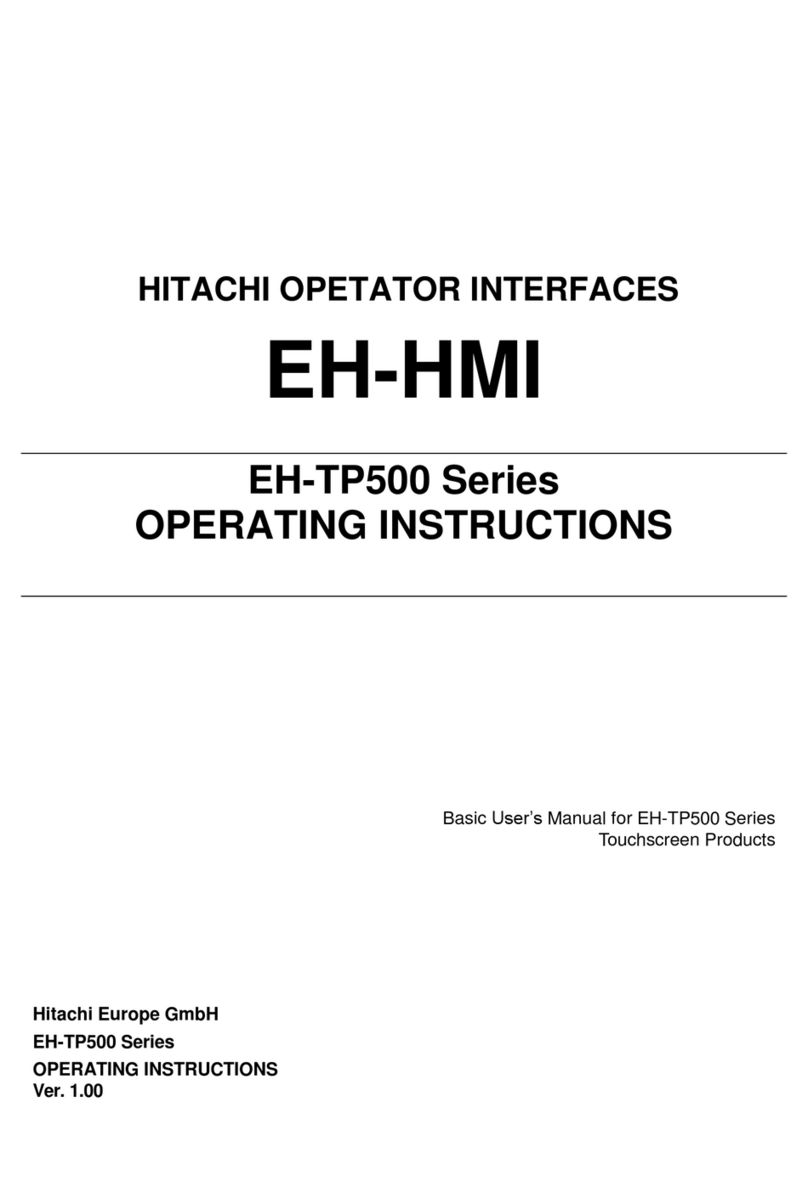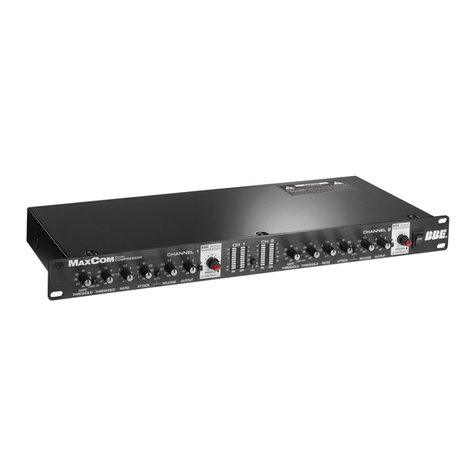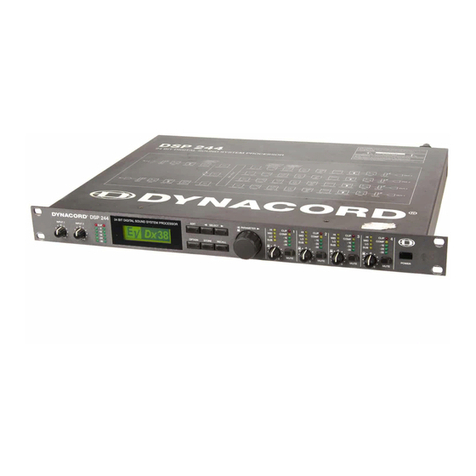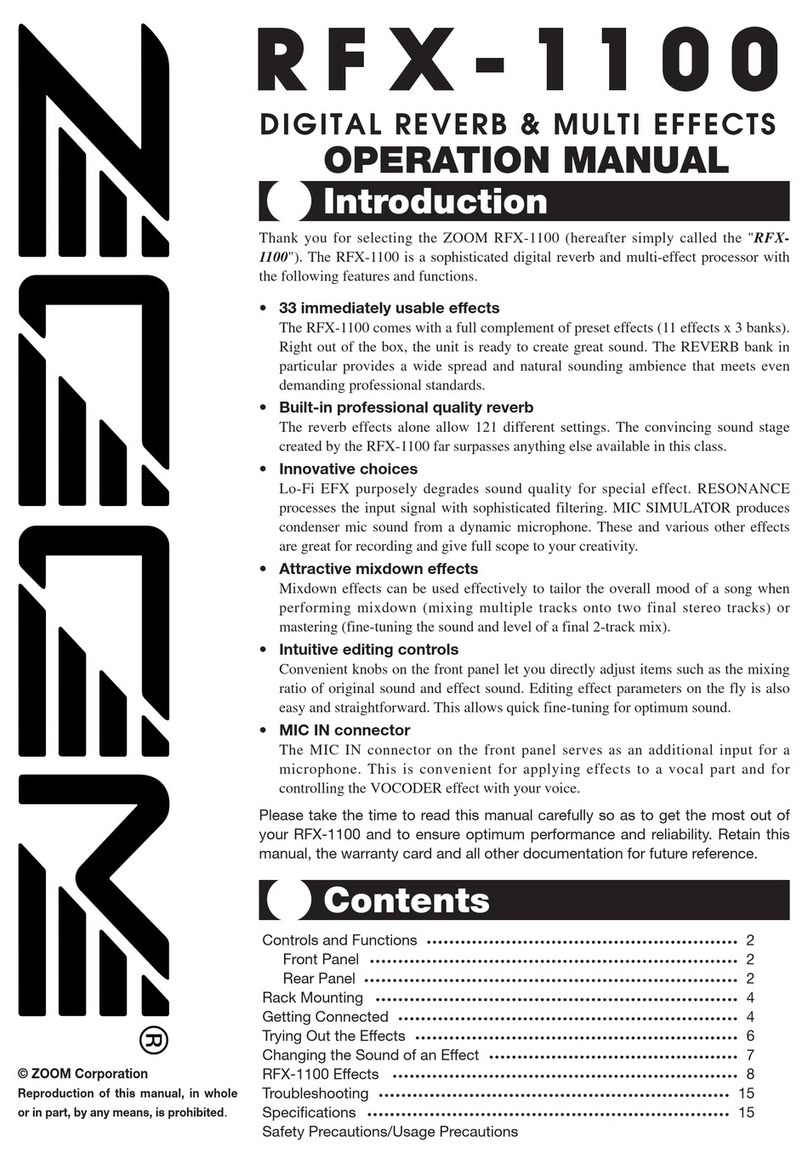7-band Parametric Equalizer
If the 7-band parametric equalizer is selected, access the set up
menu by selecting the appropriate submenu and pressing the
ENTER button. You will then have access to all 7 assignable lters
of the parametric EQ.
Unlike the 15-band Graphic Equalizer, the 7-band Parametric
Equalizer allows for many settings – such as center frequency and
“Q” – to be adjusted. In addition to the center frequency and “Q”,
different types of lters can be selected. Any one of the following
lter types can be assigned to any of the 7 lters:
Peaking_Eq: Peaking (Bell) lters, adjustable as Center
Frequency, Gain and Q. The i2600 peaking lters are at
constant Q, so the “Q” setting is not dependent on the selected
Gain value.
Hi-Shelv_Q: Symmetrical High Shelving lters with Variable
Q. These Shelving lters present ½ level of the selected Gain/
Attenuation at the selected cutting frequency, and a slope that
is dependent on the chosen “Q” value.
Lo-Shelv_Q: Symmetrical Low Shelving lters with Variable
Q. These Shelving lters present ½ level of the selected Gain/
Attenuation at the selected cutting frequency, and a slope that
is dependent on the chosen “Q” value.
Any of the 7 lters also has the option to be bypassed if necessary.
Once in the editing page of any single lter, a “Byp” eld is available
for making the single lter active or not. Using the PM2 encoder,
the selected lter can be activated or bypassed.
The i2600 allows the user to select anyone of the lter's type listed
above and assign them independently to any of the 7 available
lters.
In order to select the lter's type, it is necessary to use the PM3
encoder, rotate it clockwise or counter-clockwise to select the
desired lter.
Once selected the desired lter type, its parameters can be
accessed for editing by just pressing the ENTER Button (provided
the lter is not set to bypass).
Depending on the selected lter, the related parameters will be
available for editing.
Peaking_Eq Filter: Peaking lters are at constant Q, so with Q not
depending on the selected Gain value. If we selected a Peaking_Eq
lter for EQ-1, then the Q can be set at a desired value of, say, 1.00
using the PM3 encoder; the gain at +3dB using the PM2 encoder,
and; the center frequency at 1.00kHz with the NAV/PM1 encoder.
All of these values will be visible onscreen simultaneously.
Once in the Peaking_Eq lter's edit screen, all the lter's
parameters can be modied using the NAV/PM1, PM2 and PM3
encoders for editing the lter's Center Frequency, Gain and Q:
“Center Frequency”: the selectable frequencies range is from
20Hz to 20kHz in steps of 1Hz and can be adjusted by rotating
the NAV/PM1 encoder.
“Gain”: the selectable Gain range is from -12dB to +12dB
in steps of 0.5 dB and can be adjusted by rotating the PM2
encoder.
“Q”: the selectable Q range is from 0.3 up to 20.0 in steps of
0.1 and can be adjusted by rotating the PM3 encoder.
When in the Parameters Editing Page, pushing the ENTER button
once more will allow access to the Frequency Fast Setting menu.
Here, the NAV/PM1 encoder will allow you to increase or decrease
the frequency value by steps of one thousand Hz, the PM2 by
steps of one hundred Hz, and the PM3 by steps of one Hz.
Hi_Shelv_Q Filter: These Symmetrical Shelving lters present
½ level of the selected Gain/Attenuation at the selected cutting
frequency, and a slope that is dependent on the chosen Q value.
If we selected a High Shelving lter with variable Q within EQ-1,
then the GAIN could be set at a desired value of, say, +3dB using
the PM2 encoder; the Q at 3.5 using the PM3 encoder, and; the Lo
Cut Frequency at 1000Hz with the NAV/PM1 encoder.
Once in the Hi-Shelv_Q lter's edit screen, all the lter's parameters
can be modied using the NAV/PM1, PM2 and PM3 encoders for
editing the lter's Low Cut Frequency, Gain and Q:
“Low Cut Frequency”: the selectable frequencies range is
from 20Hz to 20kHz in steps of 1Hz and can be adjusted by
rotating the NAV/PM1 encoder.
“Gain”: the selectable range of the Gain is from -15dB to
+15dB in steps of 0.5 dB and can be adjusted by rotating the
PM2 encoder.
“Q”: the selectable Q range is from 0.3 up to 20.0 in steps of
0.1 and can be adjusted by rotating the PM3 encoder.
When in the Parameters Editing Page, pushing the ENTER button
once more will allow access to the Frequency Fast Setting menu.
Here, the NAV/PM1 encoder will allow you to increase or decrease
the frequency value by steps of one thousand Hz, the PM2 by
steps of one hundred Hz, and the PM3 by steps of one Hz.
Lo_Shelv_Q Filter: These Symmetrical Shelving lters present
½ level of the selected Gain/Attenuation at the selected cutting
frequency, and a slope dependent on the chosen Q value.
If we selected a Low Shelving lter with variable Q within EQ-1,
then the GAIN could be set at a desired value of, say, +3dB using
the PM2 encoder; the Q at 3.5 using the PM3 encoder, and; the Hi
Cut Frequency at 1000Hz with the NAV/PM1 encoder.
Once in the Lo-Shelv_Q Filter's edit screen, all the lter's
parameters can be modied using the NAV/PM1, PM2 and PM3
encoders for editing the lter's High Cut Frequency, Gain and Q:
“High Cut Frequency”: the selectable frequencies range is
from 20Hz to 20kHz in steps of 1Hz and can be adjusted by
rotating the NAV/PM1 encoder.
“Gain”: the selectable range of the Gain is from -15dB to
+15dB in steps of 0.5 dB and can be adjusted by rotating the
PM2 encoder.
“Q”: the selectable Q range is from 0.3 up to 20.0 in steps of
0.1 and can be adjusted by rotating the PM3 encoder.
When in the Parameters Editing Page, pushing the ENTER button
once more will allow access to the Frequency Fast Setting menu.
Here, the NAV/PM1 encoder will allow you to increase or decrease
the frequency value by steps of one thousand Hz, the PM2 by
steps of one hundred Hz, and the PM3 by steps of one Hz.
Select App – From this submenu it is possible to decide what kind
of “Extra Process” is set on the input signal path in cascade to the
ltering section. With reference to the Block Scheme in Appendix,
a 7-lter Automatic Feedback Eliminator or a Sub Harmonic
Synthesizer are both available.
--> Select EQ = PEQ 7 band
Input -A&B Sel EQ




















